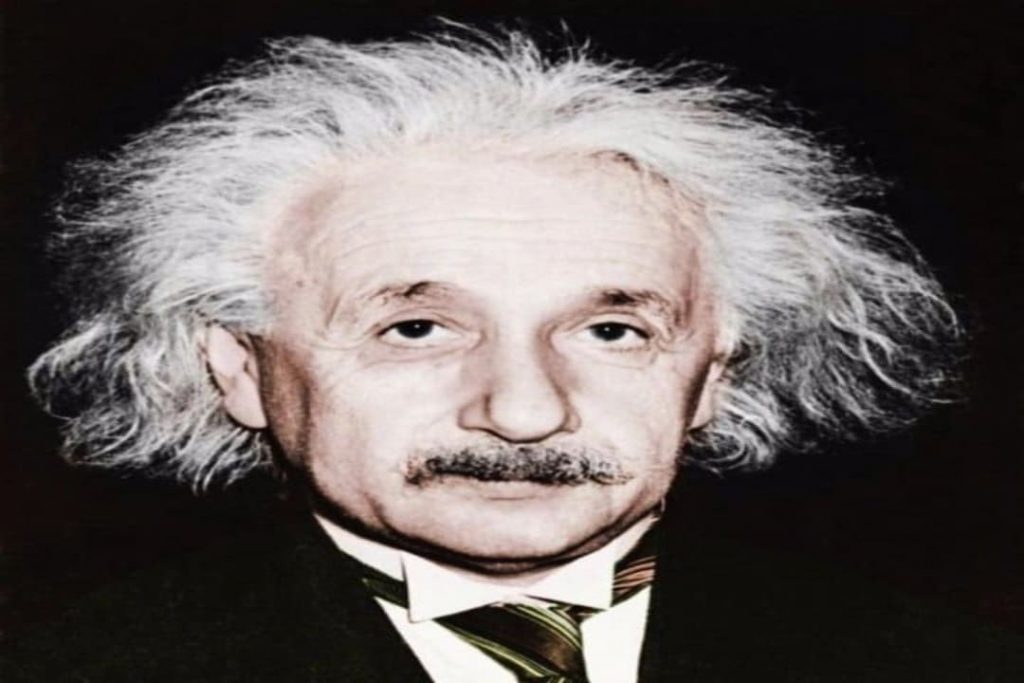When you’ve spent your life as a famous scientist, conducting all those crazy physics experiments, historians tend to forget your bad personality traits. It makes sense: If you’re out there curing the black plague, who really cares if you have a problem with skin fungus or hookers (or both)? Despite this, the ten scientists in this article were such abominable jerks that even their incredible contributions to humanity couldn’t eclipse their contributions to the world of douchebaggery.
- Alexander Graham Bell

The telephone… can’t imagine life without it. If you’re thanking Alexander Graham Bell, you’re thanking the wrong inventor. Italian inventor Antonio Meucci was actually the first person to invent a voice-communication apparatus, but failed to pay the full amount needed to complete the patent. Bell’s hearing and speech studies led him to experiment with hearing and communication devices. This eventually resulted in Bell being awarded the first U.S. patent for the telephone in 1876.
2. Vladimir Zworykin

Although your textbooks might make you believe that the first television set was created by Vladimir Zworykin for the RCA electronics company, it was actually invented by Philo Taylor Farnsworth, an inventor with 165 patents to his name. It turned out that Farnsworth invented television in 1927, at the age of 21, and three years later, Zworykin visited his laboratory to see his invention and ended up stealing his ideas. After a decade-long court battle, RCA eventually lost the initial court case and appeal, which means Farnsworth would have to receive royalties for the inventions, although he has not yet received the recognition he deserves.
3. Guglielmo Marconi

In the last decade of the 19th century, Nikola Tesla discovered that he could use his electronically charged tesla coils to transmit messages over long distances, and he had an accepted patent for this in 1900. During this time, a young inventor with the name Marconi also tried inventing something similar using many of Tesla’s patents, and when he finally succeeded in creating a radio broadcast, he was given credit for creating the radio, and Tesla was, rightly, furious with this false development. Unfortunately, he never had the money to prosecute Marconi, although the invention was credited to him after his death in 1943.
4. James D. Watson

One of the most important scientific revelations of the twentieth century has also long been a subject of disputed credit. Famously, Cambridge University scientist James D. Watson is credited with uncovering the double helix formation that would catapult forward our understanding of human DNA. In fact, though British chemist and X-ray crystallographer Rosalind Franklin had been engaged in the study of DNA over at Kings’s College in London in 1951 when she produced a ground-breaking image. A colleague showed this image to Watson and Crick without permission. This was the turning point in their research, though when they published their earth-shattering findings in 1953, they gave only passing reference to Franklin’s contributions. In perpetuity, it is the Cambridge pair that is associated with the double helix. So says the Nobel Prize they received in 1958, four years after Franklin died of ovarian cancer.
5. Galileo Galilei

Most of us link the first studies of stars and astronomy to Galileo Galilei even though he was not the inventor of the telescope. The first telescope was created by a man named Hans Lippershey in 1608. Lenses and spy glasses had been invented many years earlier, but Lippershey was the first to try to patent the creation. Although many people credit him solely with the invention, he was ultimately denied the patent and official credit was given to three men: Lippershey, Zacharias Jansen, and Jacob Metius. The telescope they made could only magnify by a factor of three, an utter failure in light of today’s technology. But the technology has progressed enough to give us some of the most powerful telescopes that humans have possessed till now.
6. James Watt

When I was in high school, my science teacher thought it was funny to ask “What was the name of the man who invented the steam engine?” Hilarious, because “Watt” was the answer, so the question was also a statement. Only steam engines predated Watt’s design by almost 60 years. Englishman Thomas Savery patented the first steam engine design in 1698, to remove water from coal mines. Subsequently, Thomas Newcomen improved the design to work at atmospheric pressure, which became the standard design for about 50 years. Watt’s real innovation was designing the engine with a separate condenser, which made the whole process significantly more efficient.
7. Alexander Fleming

Sir Alexander Fleming is the name people think of when penicillin is brought up. But he was not the one who discovered penicillin. It was found that North African tribesmen have been using penicillin for thousands of years. Also, in 1897, Ernest Duchesne used the mold penicillium glaucoma to cure typhoid in guinea pigs which, OK, was about the stupidest waste of time in the history of science, but proof that he understood the possibilities of penicillin all the same.
8. Albert Einstein

When most people hear the name of the famous physicist, they think: he was the one who discovered the theory of relativity. However, it was Hendrik Lorentz, a Dutch physicist, and Henri Poincaré, a French mathematician, who discovered the basic fundamentals of relativity that Einstein derived his theories from. Although several formal publications were published by Einstein uncovering his theories behind relativity, no credit was given to Lorentz nor Poincaré and their contributions to Einstein’s discoveries.
9. Isaac Merritt Singer

Isaac Merritt Singer is widely credited with inventing the modern sewing machine, and the company that bears his name, which has generated billions of dollars in revenue over the years, is synonymous the world over with innovation. Except Singer didn’t invent the contraption and actually pilfered the design including its key lockstitch component from another sewing machine pioneer, Elias Howe.
10. Thomas Edison

Believe it or not Edison has been accused of appropriating the ideas for a number of his famous inventions, including the movie projector. Charles Francis Jenkins and Thomas Armat first demonstrated the image-projecting gizmo they called the Phantoscope in 1895. But unable to finance the manufacturing of the product, the pair sold their idea to The Kinetoscope Company. The company then turned to Thomas Edison for funding. Keen to boost his profile even further, the marketing-savvy Edison coughed up the cash on the condition that he’d be credited as the sole inventor. The actual inventors were deleted from the product’s history and it was renamed Edison’s Vitascope.






